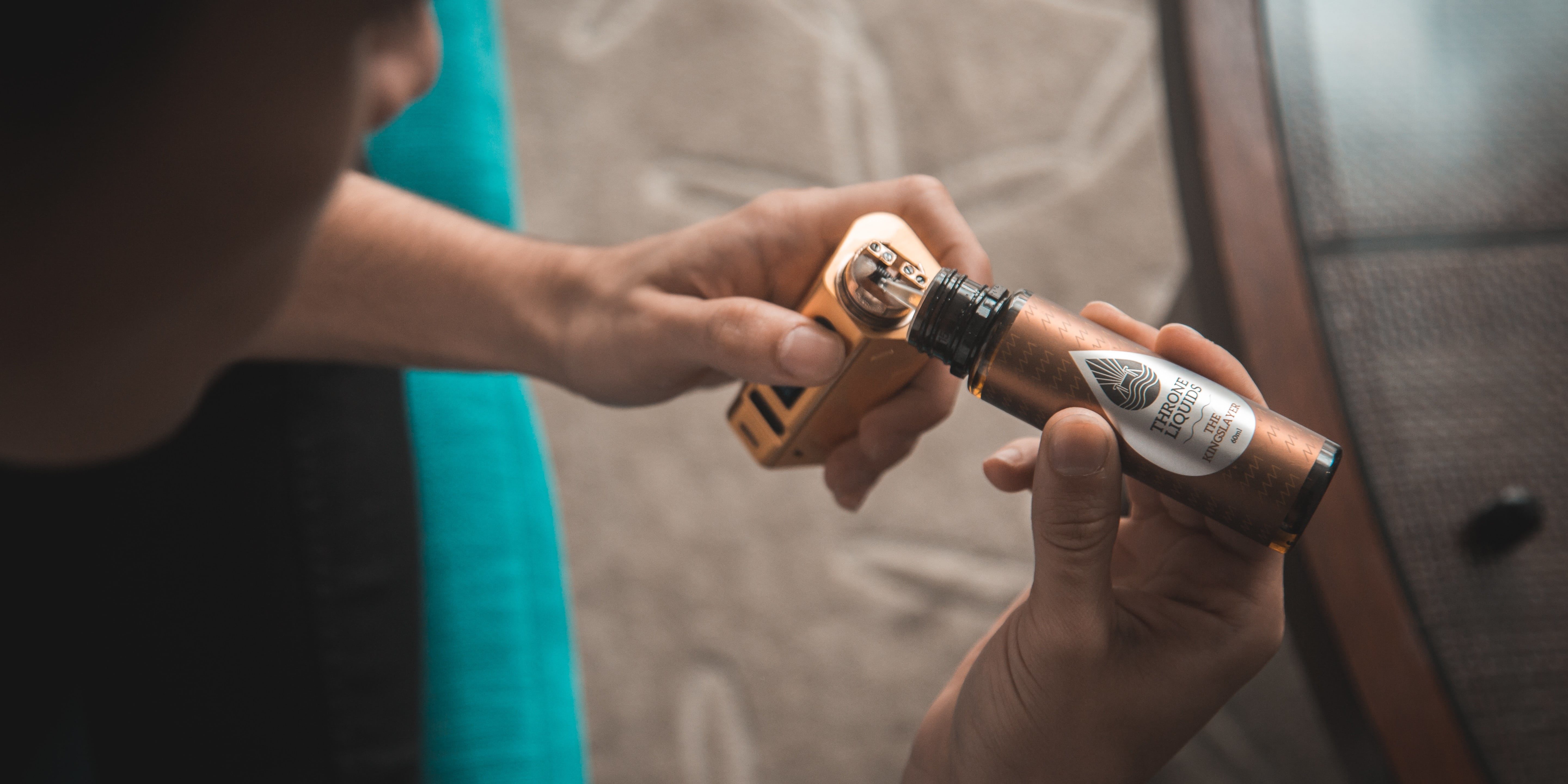With vaping rates amongst teens skyrocketing across the world, teachers, doctors and parents have expressed concern about the health risks amongst children and young people. Whilst there is an ongoing debate about the risks of vaping, the evidence seems to suggest that vaping can often be a gateway into conventional smoking for young people.
In one British study, teens using e-cigarettes who weren’t smokers became four times more likely to go on to smoke cigarettes. In the UAE vaping was illegal for many years, but this is now being overturned in hope to better regulate the industry. However, many worry that lifting the ban will encourage more young people in the UAE to become addicted to nicotine.
Sara Boomsma of Gabbitas Middle East takes a closer look into the dangers of vaping and how parents across the world can approach the topic with their children.
What is vaping?
When someone ‘vapes’ is the process of inhaling and exhaling the vapours produced by heating nicotine liquid in an electronic cigarette. A study by American Academy of Pediatrics found that ‘open’ vaping devices by far most popular with teens. A popular brand is called JUUL and the size of a USB stick and comes in a variety of ‘fun’ flavours but also delivers a high dose of nicotine. There is often an assumption amongst young people that this is simply harmless water vapour but that is simply not the case. As well as nicotine, the e-cigarette aerosol can include chemicals that lead to lung disease and cancer.
Why are more young people vaping?
Studies have suggested that e-cigarettes are now the most frequently used tobacco product amongst adolescents with peer pressure and ‘everybody does it’ being cited as the most common reasons. Smoking never really became ‘uncool’ amongst young people and many think that the perception of vaping not being ‘as bad’ for you has resulted in more teens taking it up.
Furthermore, whilst previously the harshness of smoke from normal cigarettes would often limit how much young people would smoke or even discourage them altogether, it seems that as the vapour from e-cigarettes is much easier to inhale it doesn’t deter teens in the same way.
Many condemn the marketing of e-cigarettes as it appears to very much appeal to young people. Often they will have a really sleek and cool design, plus the added sweet flavours can make these even more attractive to young people.
What are the dangers?
When e-cigarettes were first introduced to the market, they were billed as a safer alternative to smoking for adults. However, medical professionals are still unsure of the impact of vaping. What is certain in young people however is that vaping is leading to an increasing number of teens with nicotine addiction. E-cigarettes tend to be used more, leading to higher nicotine use and therefore greater dependence.
As teenagers brains are still developing, they are more susceptible to addiction. Addiction can impact the ability of young people to focus and prolonged nicotine use in teens can harm parts of the brain that control attention, mood and impulse control. This can be extremely challenging for both students and their teachers in school, not to mention exams!
What is interesting is that whilst smoking was always largely seen as a medical problem that could lead to cancer or other physical illnesses, vaping increasingly is seen as a psychiatric problem leading to addictive behaviours and brain development issues.
What can be done?
Having laws about age restrictions is one thing, but what we really need to be doing is talking to young people about the risks and dangers. Many students do seem to know it is ‘wrong’ but aren’t fully clued up on the negative health implications of vaping. We need to be educating our young people, both at home and at school, to make informed decisions about their own health and wellbeing.
Some schools are starting to clamp down on vaping in school, with some even leading to suspending students who are caught. Perhaps such tough measures are needed to ensure students are aware of the consequences of vaping.
Top tips for parents
- Remember that vaping leaves little odour, so it can be easy to hide and use discreetly!
- Start by educating yourself, this blog is a good start but also do further reading
- Keep the conversation a dialogue rather than simply saying “It’s bad for you”
- Open up with asking if a lot of kids at school vape and keep the questions broad rather than accusatory
- Speak to your child’s school and ask what they are doing to educate students about the risks
- If you are worried your child has become addicted, speak to a doctor about support
- Remember that kicking any addiction requires discipline and patience!


